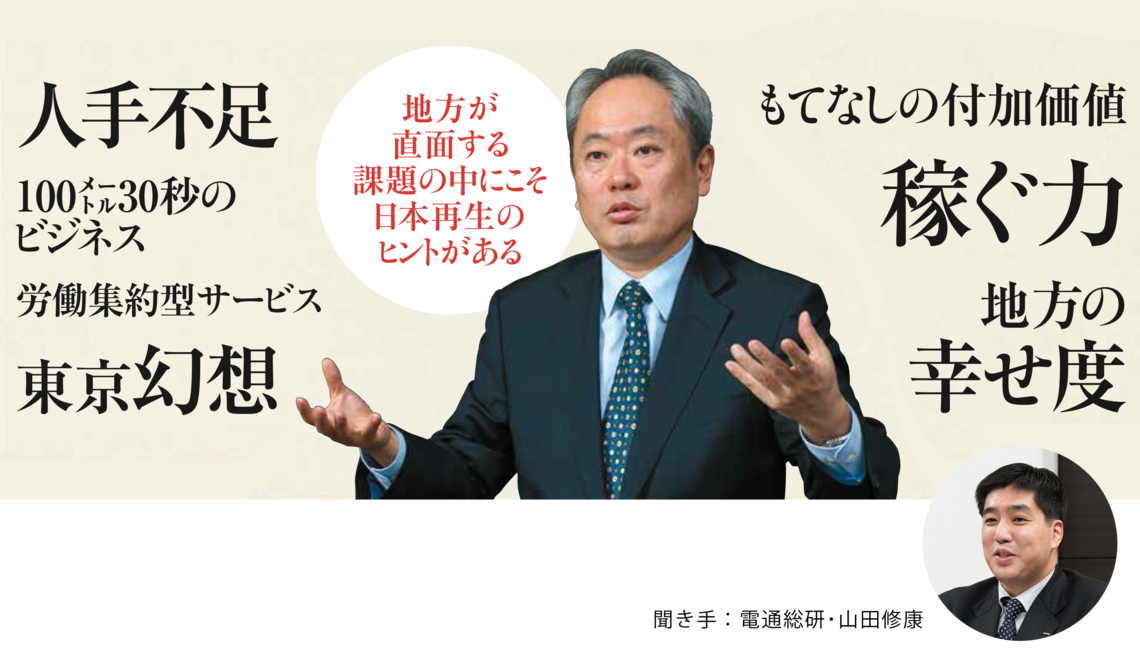Note: This website was automatically translated, so some terms or nuances may not be completely accurate.
The "Prescription" for Regional Revitalization The Real Story of the Local World

Kazuhiko Tomiyama
Innovation Growth Platform Inc. (IGPI)

Osayasu Yamada
Dentsu Inc.
Was this article helpful?
Newsletter registration is here
We select and publish important news every day
For inquiries about this article
Author

Kazuhiko Tomiyama
Innovation Growth Platform Inc. (IGPI)
CEO
Graduated from the University of Tokyo Faculty of Law; completed an MBA at Stanford University. After working at the Boston Consulting Group and serving as President of Corporate Direction, he joined the Industrial Revitalization Corporation of Japan (IGPI) upon its establishment in 2003 and was appointed COO. After its dissolution, he founded IGPI. He has held key positions including Deputy Representative Director of the Japan Association of Corporate Executives and possesses extensive experience in corporate and business revitalization. He is the author of numerous books, including the widely discussed Why Japan Will Revive from the Local Economy (PHP Shinsho), published last year.

Osayasu Yamada
Dentsu Inc.
Business Development & Activation Division
Senior Consulting Manager
After working at a major advertising agency, joined Dentsu Inc. in 2005. Engaged in strategic planning for national policy projects, regional development based on new industry trends, brand development, business design, planning and structuring Japan presentations at IMF-World Bank Annual Meetings, and strategic public relations. Authored articles including "Trends in the Smart Era" and "Prescriptions for Regional Revitalization." 【Specialized Fields】Industry Trends, Regional Revitalization, Business Design




